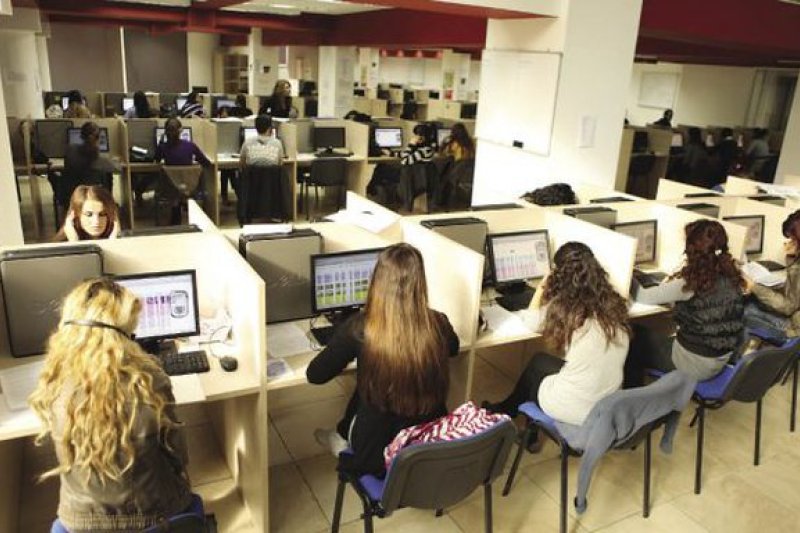Half of Youths Out of Labor Market, Education
The status of young Albanians (15-29 years old) in the labor market for the past year shows a challenging reality. About 49.4% of young people are neither working nor attending school.
According to INSTAT data, almost half of young people are neither employed nor attending school, according to data referring to the year 2023.
This category, known worldwide as "NEET" (Not in Employment, Education, or Training), shows the challenges of the deep economic and social problems faced by the youth in Albania, Monitor reported on Monday.
With pronounced gender differences and various reasons for inactivity, these data reflect a clear lack of programs and policies that can integrate this important group into the country's development. Analyzing young people who are not employed, are not attending school or professional training according to their gender and status in the labor market, it is noted that men are more active in the market than women 60.9% of men are looking for a working, and ready to work, while among women this percentage is 39.0%.
Young men have a higher unemployment rate, with 60.9% being unemployed. In contrast to women, only 1.9% of men are discouraged and 0.2% declare family responsibility.
The percentage of other inactive men is 37%, showing a different dynamic from women for reasons of inactivity. Among young women, 39% are unemployed, while a significant percentage of 25.3% declare that they are inactive due to family responsibilities.
Another group of women, 33.7%, are listed as inactive, reflecting their lack of involvement in educational activities or the labor market.
According to sociologist Marsida Simo, these figures raise great concerns for policy-making, emphasizing the need for programs that strengthen the participation of young people, especially women, in the labor market and education.
Simo describes this situation as an "alarming phenomenon that reflects the consequences of an insufficient policy for young people". According to her, the lack of programs dedicated to empowering young people and creating a favorable environment for employment and education is the root of the problem. Women, in particular, are affected by social norms and pressures related to traditional family roles, forcing them to remain outside the labor market and education.
She points out that the solution requires a comprehensive approach, including vocational education programs, training, and facilities for creating a balance between work and family life for women. "If we don't act quickly, this generation of young people risks remaining a lost generation," she concludes.













